
This is your website preview.
Currently it only shows your basic business info. Start adding relevant business details such as description, images and products or services to gain your customers attention by using Boost 360 android app / iOS App / web portal.
Manufacturing test

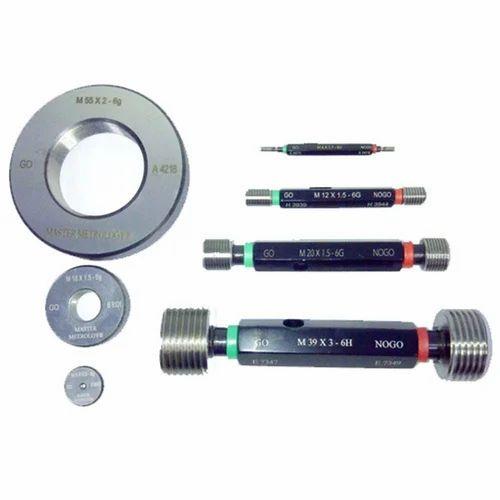
ISO Metric Thread Gauges
VIEW DETAILS
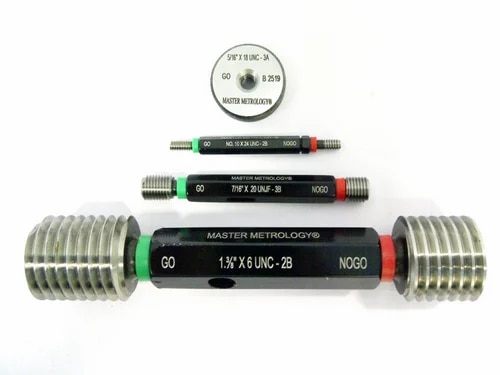
United Thread Gauges
VIEW DETAILS
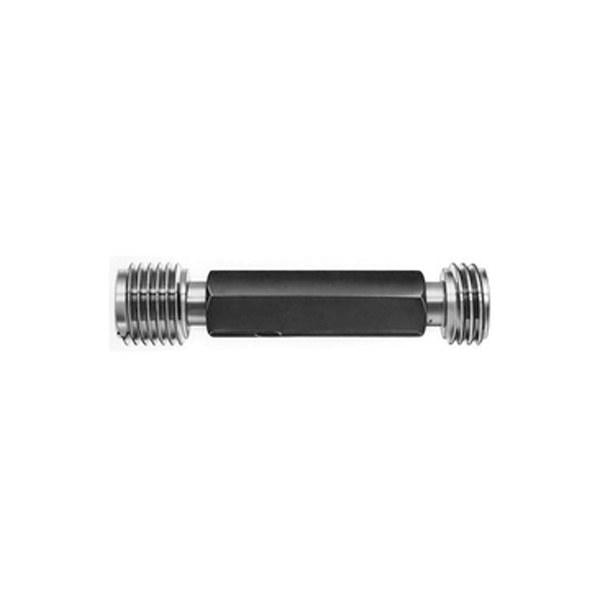
BSP Thread Gauges - G Series
VIEW DETAILS
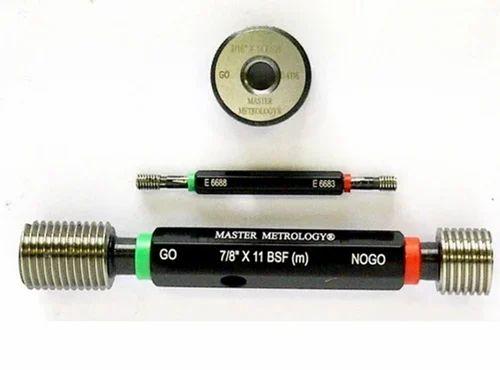
British Standard Whitworth (BSW) Form
VIEW DETAILS
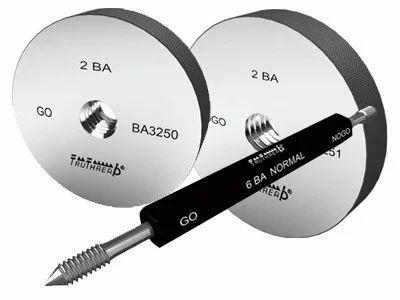
BA Thread Gauges
VIEW DETAILS
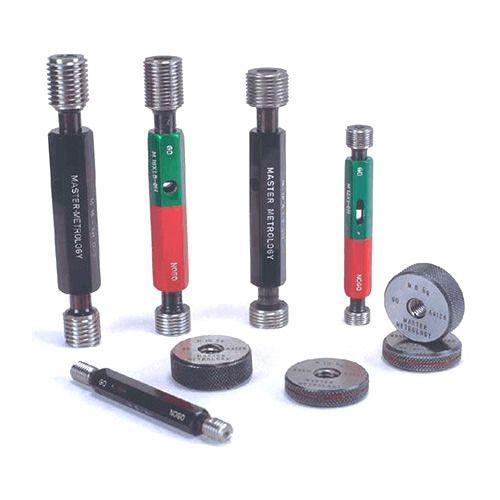
BS Cycle Thread Gauges
VIEW DETAILS
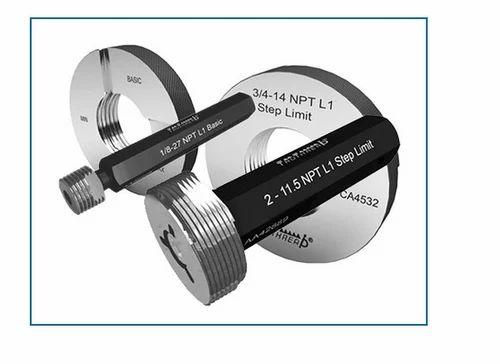
NPTF Thread Gauges
VIEW DETAILS

BSPT Taper Thread Gauge
VIEW DETAILS
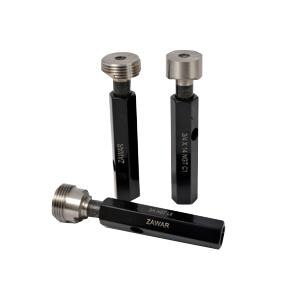
NGT Taper Thread Gauges
VIEW DETAILS
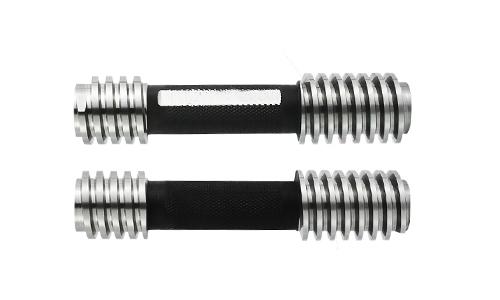
Trapezoidal Thread Gauges
VIEW DETAILS
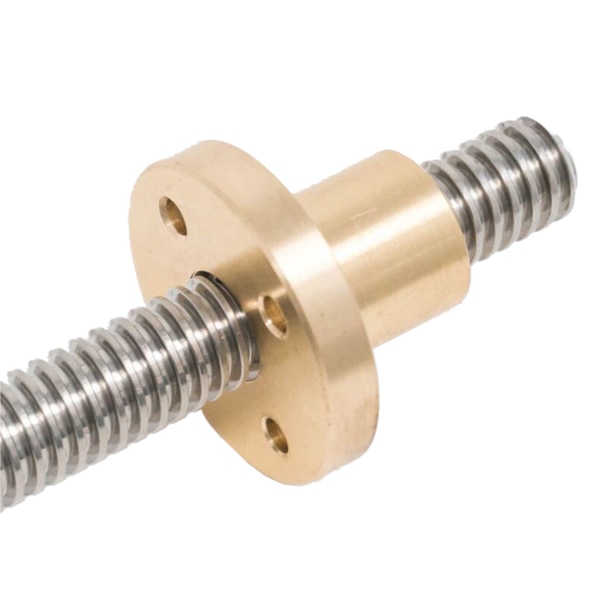
Acme Thread
VIEW DETAILS

Stub Acme Thread
VIEW DETAILS
